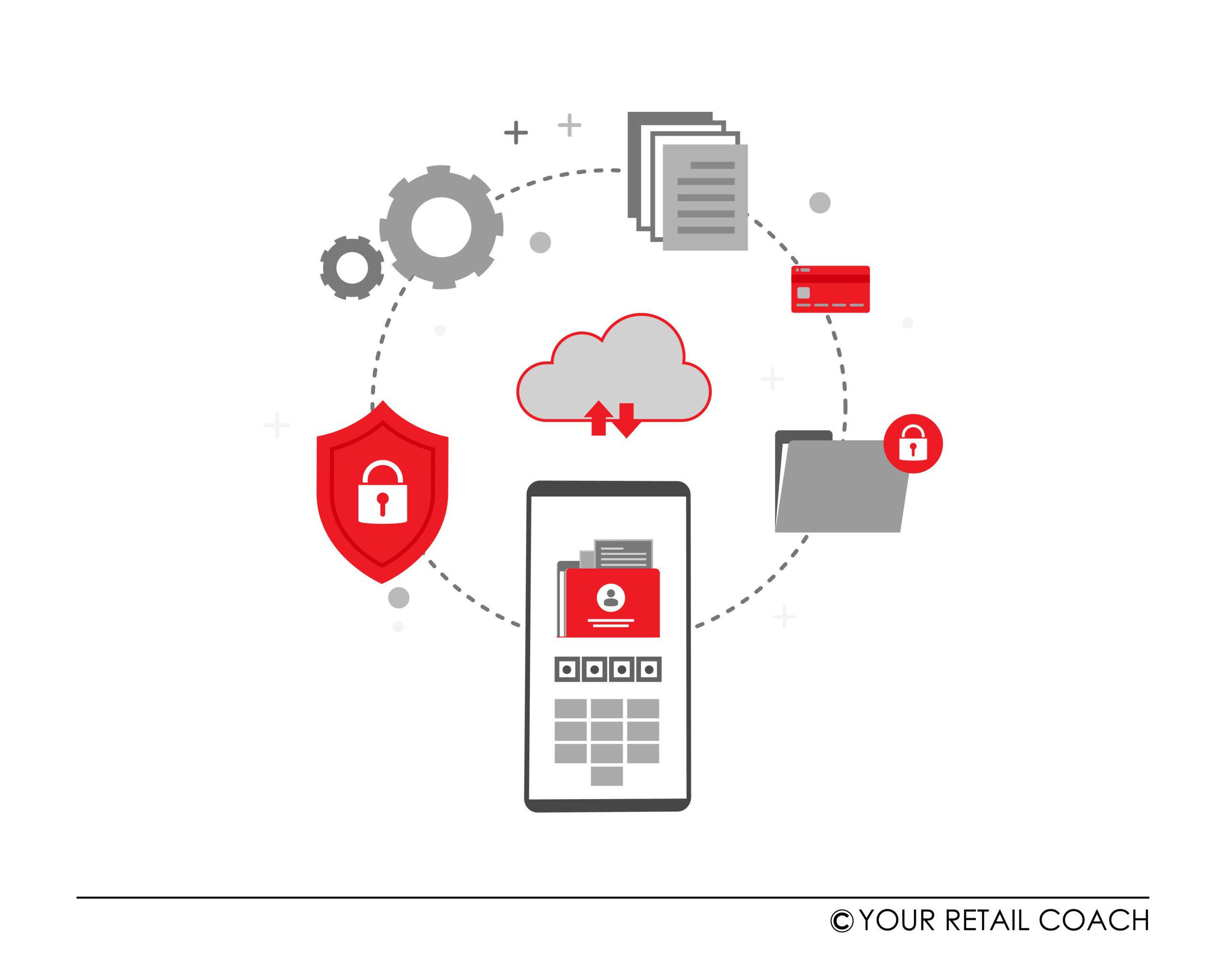What is Oracle Retail?
Oracle Retail is the common umbrella name under which Oracle offers various retail applications for retail business management. It is also known as Oracle’s ERP suite for the retail industry. Oracle offers many retail IT solutions. Under Oracle Retail, there are multiple software modules; each module for a unique retail operation. The objective is to provide retail enterprises with software solutions to help them better manage their merchandising, purchases and inventory functions, achieve high levels of operational efficiency, deliver superlative customer experience, run omnichannel operations seamlessly, and gear up for scale and higher profitability.
With fully-integrated software solutions under Oracle Retail, it becomes easier for retail businesses to manage the entirety of their operations from one unified platform. Retail processes could run across the enterprise and locations in a synchronised manner with real-time information sharing. It becomes possible to manage the activities of external entities like suppliers and logistics partners with more precision while giving them the flexibility to adjust their internal operations.
In addition to software applications for traditional retail functions, one of the advanced retail products offered is AI and Analytics for inventory optimisation, consumer insights, assortment and space optimisation, merchandising optimisation, etc. There are software solutions to create loyalty and reward programs and enhance cross-channel customer experiences. Oracle also offers hardware retail solutions under POS Systems. As pointed out earlier, there are a plethora of software products for different retail objectives under Oracle Retail.
When we talk about Oracle Retail ERP solutions, we are indulging in one of the most advanced and sophisticated sets of software applications. Implementing any of these solutions requires professional expertise and assistance. Why? Let us delve into some of the challenges faced by retail enterprises in the implementation of Oracle Retail solutions.
Challenges in Implementing Oracle Retail Solutions
Hasty need Analysis
Retailers or retail enterprises should first establish the business case of having Oracle Retail solutions for their business. What necessitates it or what are the business and operational objectives behind it? Which retail functions are intended to be managed through an Oracle solution? Will it bring any difference in performance or lead to the desired results? Answering these questions sets the vision for having a software suite or application. Any hasty assessment could lead to onboarding an unrequired or mismatched software solution. Trying to make it right after implementation would make the project costlier. The intended digital transformation will take longer to sink with operations.
Aligning the Software Solution with Business Requirements
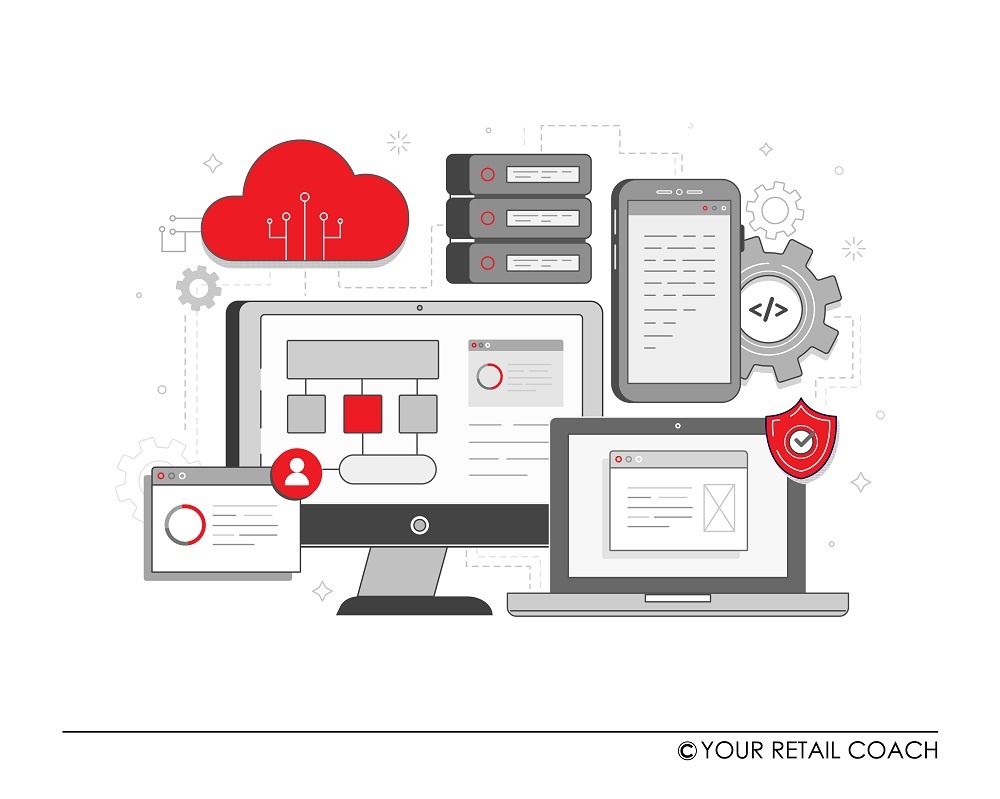
A business software application should be able to deliver the performance or output that meets the business requirements. For example, if a retail store wants to award loyalty points to buyers based on the amount of the bill or for customers having a credit card facility with a partner bank, the software solution should also provide for such accounting. From a broader perspective, if the objective is to only implement a loyalty program, then the focus of alignment should be confined to this objective and product(s) that could meet this objective. It is important to define what a business wants to accomplish and then establish the relation to a suitable software solution. Customizability is also important because the default product may not exactly match the different requirements of different retail enterprises. Retail businesses usually do not maintain a separate IT team/department until their business reaches a certain level. And in the absence of technical expertise surrounding business software applications, it can get difficult for many retail business owners to bring home the right software solution.
Lack of Budgeting and Financial Planning
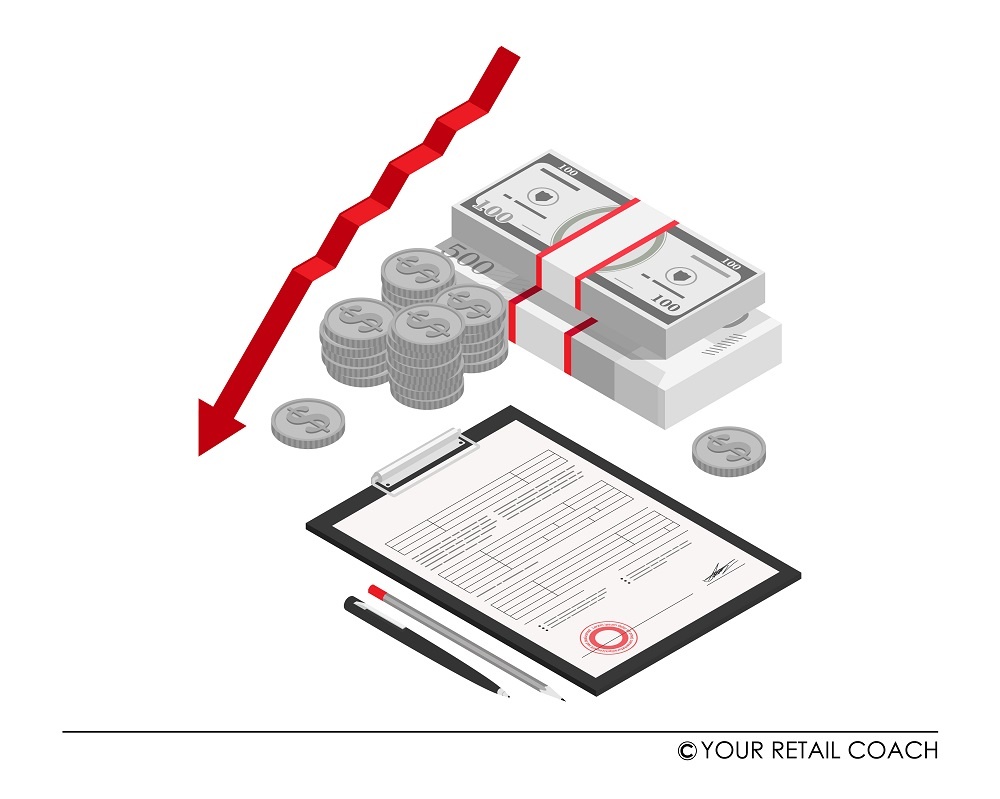
Oracle Retail suite is a long term investment. Its benefits outweigh the costs over longer periods and large business volumes. This makes Oracle Retail also an investment involving careful ROI assessments and due financial planning. On the brighter side, Oracle Retail empowers retail enterprises for scale and expansion. It provides a huge and advanced leap in retail management bringing it to the level of global industry standards and practices. Thus, a small or medium retail enterprise adopting Oracle Retail indicates that the business is not settling for a mediocre existence.
Also, strictly speaking from the perspective of financial management, financial and budgetary planning is a necessity before embarking on making an investment and starting a project. Any deficiency in the financial assessments and estimations could result in lesser ROI, delayed breakeven, increased maintenance expenditure, longer repayment period, etc.
Shortcomings in User Training
Many retail brands and enterprises strike out providing user training to their employees. There are myriad reasons for this – not to hamper business operations, saving on what is considered an avoidable expenditure, and over-reliance on supervision and independent technical adaptability of employees. But such an approach causes more problems than it promises to resolve. When a new software is implemented, it is alien to employees in one way or the other. A new software comes with a new workflow, new interface, new tabs and links, new terminologies, new formats, etc. It is important to make employees comfortable and convergent with the functioning of the new software so that they could pick up the skills in a shorter time and with better understanding and clarity. Without proper user training, blaming the software for delivering the intended results is a natural human response. In Oracle retail consulting, experts believe that a software product will actually not deliver the results if it is not used the way it is supposed to be.
How YRC can help
Your Retail Coach (YRC) offers implementation and support services to retail enterprises in implementing Oracle Retail ERP solutions in their businesses. We do this via planned and customised process solutions. Our mission is to ensure that Oracle Retail ERP gets implemented in clients’ enterprises in a planned and systematic manner with zero tolerance for deviations. Priorities we accomplish are discussed below.
Need Validation
In need validation, we help clients identify and establish the business case of having an Oracle Retail solution in their business. What business goals are involved? Which retail functions are intended to be carried out through a software platform? Which product should be selected? Will it help achieve the desired goals? For instance, if the goal is to improve inventory management, the right product might be found in the Supply Chain Management solutions. If the objective is to also improve demand forecasting, there could be another product from the same group of solutions. Thus, carrying out this need validation also helps to tie specific business objectives to specific solutions.
Mapping the Business Software Requirements
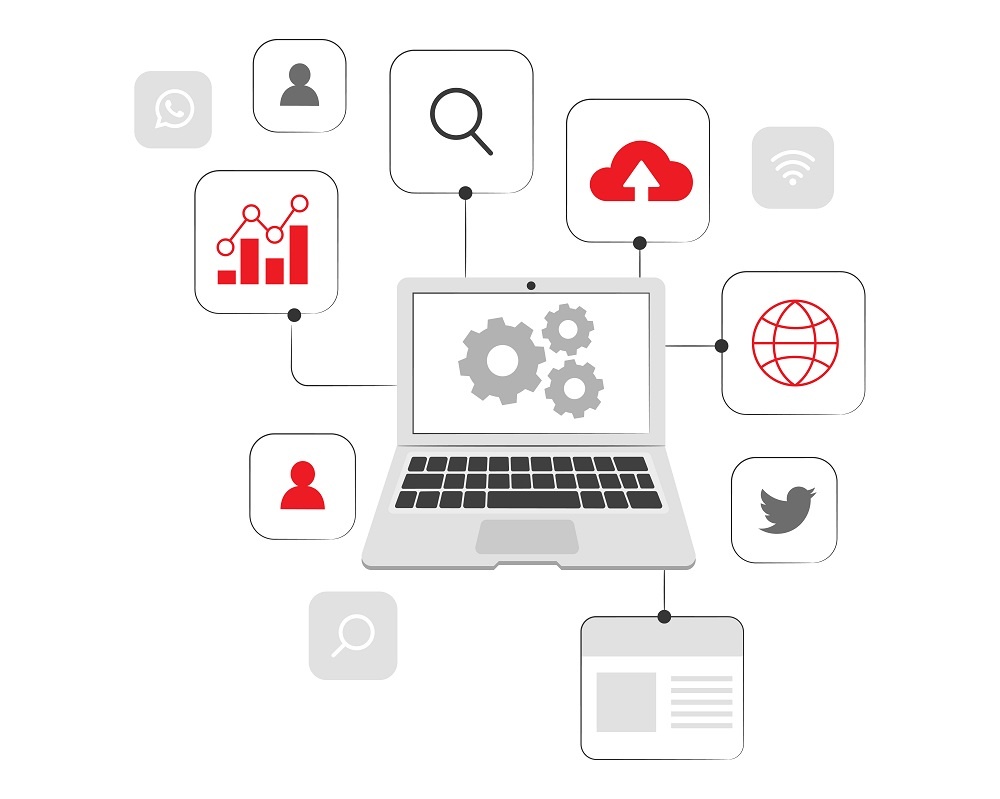
Mapping the business requirements vis-à-vis the software capabilities is something we already start to cover from the previous step. The software product or solution in consideration must be able to deliver the desired output and performance. The right way to ensure this is to correctly map the business requirements and evaluate the functioning of the software and its features and customizability to meet the identified business requirements. For example, as a retail enterprise reaches a certain level of business, employee management emerges as a necessary function. Managing five employees is easy but when there are fifty positions with as many employee requirements, casual and ad-hoc HR management does not work. Now, within Oracle Retail, there is a suite of products for Human Resource Management covering recruitment, onboarding, payroll, and workforce management. Whether a single product is required or the entire suite, it will depend on the unique business requirement of each enterprise. If an enterprise decides to have a small HR team and rely more on automation for professional HR management, it could go for the entire suite. Likewise, the needs vary. Our role here is to identify and map the business requirements vis-à-vis the software capabilities to arrive at the best-fit set of software solutions.
Budgeting
Before making any investment or significant expenditure of non-routine nature in business, financial prudence calls for due planning and budgeting. Investment in any large-budget software purchase and implementation also demands such budgeting. In budgeting, we plan for how the purchase will be funded, what other costs are involved, when and wherefrom these costs will be paid for, how the ROI will be calculated, what is the break-even period, etc. Oracle Retail is a long-term investment necessitating careful and elaborate planning and budgeting. YRC helps retail businesses in this planning and budgeting exercise. We use proven financial strategies and solutions improvised for each client. The necessary changes in accounting SOPs are also suggested.
Vendor Search and Selection
It is unlikely that when a business enterprise wants to buy software products it will have to directly approach the concerned software development companies. These companies appoint channel partners and vendors across countries and states. Businesses deal with these intermediaries for purchasing the products and availing other services. It is a good business principle and practice to screen these channel partners and vendors before getting into a deal with them. These intermediaries need to be evaluated on their experience of handling similar projects in the past, implementation capacities, credentials from former clients, professionalism and service orientation, after-sales services, etc. YRC helps retail clients in their vendor search and selection process. Our service objective is to find and onboard the most suitable vendor or channel partner for our clients following a planned and systematic process and in a fair and unbiased manner prioritising clients’ business requirements.
Mapping Business Requirements and Support in Software Customisation
Having the right software solution with the right features is of utmost importance to make the most out of the platform. This cannot happen on its own. The default product rarely comes as it is required because different businesses have different requirements. A certain degree of technical competence is required to align these business requirements with the chosen software solution. YRC ensures that business owners would not have to create an in-house IT team for this purpose. We map the business requirements and specifications of clients vis-à-vis the required software capabilities and coordinate with the vendor/channel partner to customise the software solution in question. Necessary approvals will be sought from clients before making any big changes to the software. Detailed SOPs are used to ensure systematic execution of the process and traceability of information sharing between all the stakeholders involved.
ERP Implementation
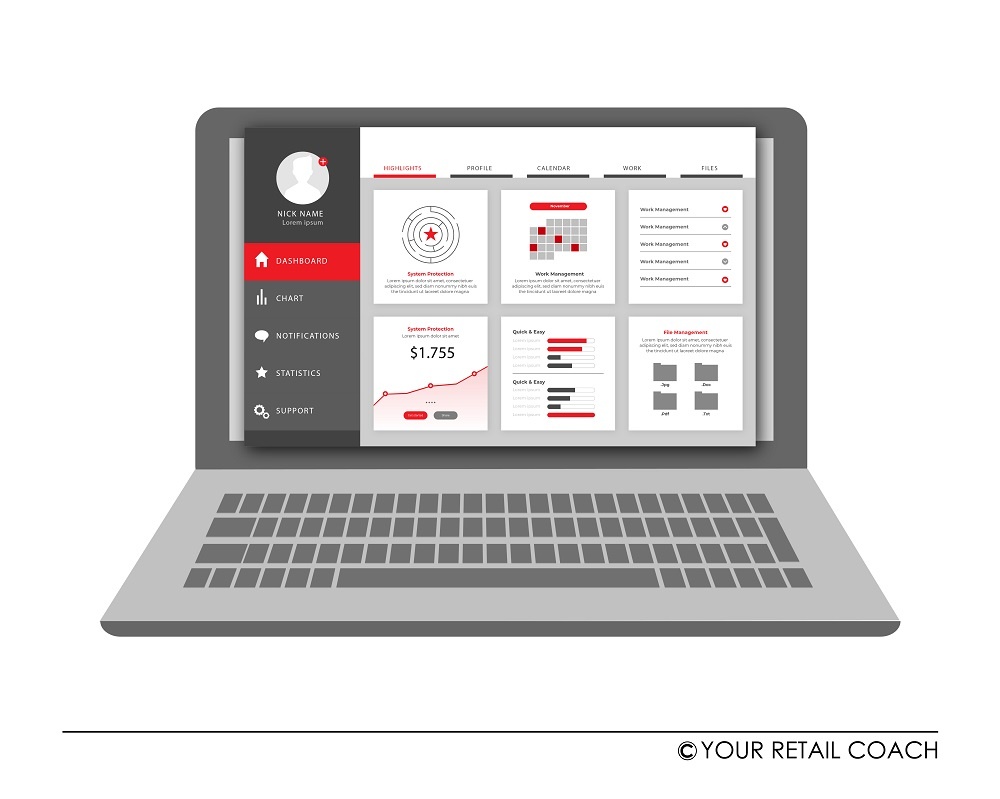
Once the right software has been developed, we move on to the next phase i.e. implementation of the selected Oracle Retail solutions in clients’ enterprises. Many businesses take into account as part of ‘implementation’ what we already cover in the earlier stages. For us, here we incorporate and take the software live. From implementation planning to the execution of the implementation plans, all the activities are carried out by an expert and experienced team of professionals following planned processes. The scope of the vendor’s roles and responsibilities are also mapped to define their contribution to the implementation process. It remains our endeavour to optimise hiccups in routine operations and maintain strict adherence to the defined timelines. Any deviation or inconsistency detected during the testing and implementation phases are reported to the vendor team. We keep our clients informed of the developments on a routine basis.
User SOP Training and User Blueprint Manuals
The need for user training and having user manuals for a newly implemented software platform in an enterprise could not be stressed more. On a general note, training is an important management practice. With as increase in the complexity of the tools and technologies in question, the need for training is even greater. In the case of an Oracle Retail product, we are talking about an advanced and sophisticated software solution. It is not picked up intuitively. User adaptability to such a software is not left to the independent technical skills of employees or supervisory skills of the managers or team leaders. Providing the necessary support to the workforce is critical.
YRC’s role is to make clients’ employees comfortable with the ERP platform and competent to operate the software. We design and provide user training programs where the objective is to impart both logical and practical understanding of the functioning of the software product. The different-users perspective is duly taken into consideration. We prepare the User blueprint manuals with detailed descriptions and depictions of the actual workflow. We are open to clients’ feedback and specifications in designing the training programs and user manuals.
We are a retail and eCommerce business consultancy firm with more than ten years of experience. Having consulted over 500 clients in more than twenty verticals, today, we have emerged as an international consultancy brand with a service presence in more than ten countries. Development of processes and Standard Operating Procedures (SOPs) for retail ERP implementation is one of our core competencies.
Found this blog worth Reading?
If you liked this blog, please visit our blog section and YouTube channel for regular updates and insights on the retail and eCommerce industry.


